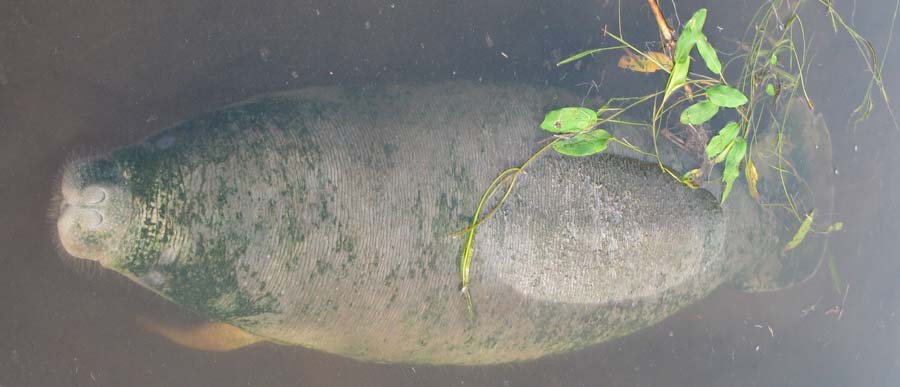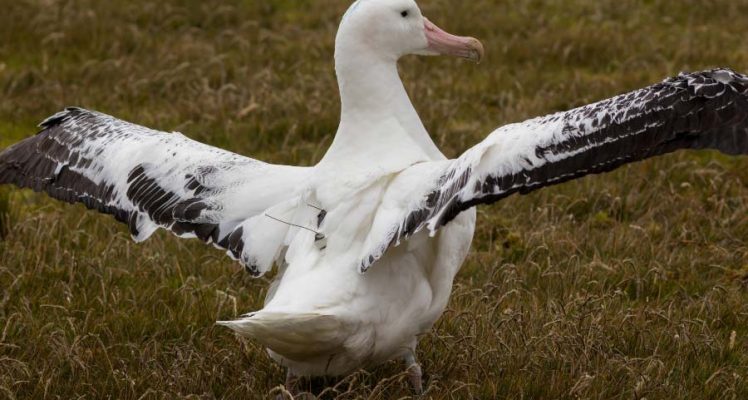Argos News - Page 2
Search filters
Double-Crested Cormorants Nesting in a Small Reservoir
Water birds need specific environments, but may use new areas. Double-crested cormorants are now nesting in the South-East of USA, including on small reservoirs, not only in the Great Lake system....
Green Turtles’ Uses of Marine Protected Areas on the West African Coasts
Green turtles are found along the West African upwelling. A network of Marine Protected Areas has been established during the past 25 years. Its efficiency towards protecting green turtles can be...
Cuckoos’ Migration From South Korea to the South of Africa
Common cuckoos are found in Eurasia, from Europe to Korea. All over the continent, they migrate to Africa, while they parasite different birds’ nests. Tracking them using Argos helps understand the...
Tracking Eels to the Sargasso Sea
European eels are a critically endangered species. They have a complex life-cycle with their spawning area thought to be in the Sargasso Sea. A study managed to track them to their breeding place...
Why Arctic foxes travel long distances?
The Arctic foxes have been noticed as travelling very long distances over the whole Arctic regions. Long time series of tracks retrieved by Argos enables to analyse this behaviour to understand why...
Eurasian Wookcocks’ Migrations to Breeding Sites
Eurasian Woodcocks are birds which migrate across Europe. Their studies have long been led using rings, but the advent of small-enough satellite telemetry emitters now enables to follow them all...
Black-Tailed Godwits Are Breeding in Areas of Intensive Agriculture
Some bird species like the black-tailed godwits are nesting on ground, in grasslands. However, across all of lowland Europe, such areas have been transformed for intensive agriculture. Tracking by...
Tracking Northern Elephant Seals in Ocean Eddies
Understanding how a marine species uses the features of its environment is important for conservation. The northern elephant seals are close cousins to their southern equivalents. A number of...
Argos support: your daily operations partner
Last year we met with Charles Drieu La Rochelle, member of the user support team in France, to find out more about CLS Group's excellent customer care. But, did you know that he's part of a dynamic...
Selecting Sites for Harpy Eagles’ Releases
Harpy Eagles are threatened birds of prey of Central and South Americas. A study show why and how releases of rehabilitated or captive-born animals should consider home range characteristics and...
Loggerhead Turtles and Mediterranean Marine Protected Areas
Assessing whether an endangered species visits the protected areas – or not – is an important indicator of their relevance. Tracking of loggerhead turtles in the Mediterranean Sea show that...
Common Woodpigeons Keep Their Breeding Sites, Change Their Wintering Ones
Tracking animals help in understanding their behaviour, which can benefit to their protection, even for abundant species such as the common woodpigeons. Their behavioral plasticity, demonstrated by...
Beluga whales avoid ship noises
Beluga whales are Arctic cetacean very sensitive to noises, including underwater ship noises. For a long time, scarcity of such ships in the region meant it wasn’t a concern. With ice-free routes...
Do Juvenile Smooth Hammerhead Sharks Have a Nursery in the Azores?
Smooth hammerhead sharks are a threatened species of shark – as most shark species. Locating their essential habitats, like the nurseries could make a difference in their protection. Argos can help...
A New Tag to Record Diving Behavior of Large Whales
A new tag dedicated to large whale has been developped and tested. It enables to record dive behaviors, using a software detection event to better summarize and compress the data to be used during...
Lost Shark Tag Found Thanks to the Animal Telemetry Network and the Argos Goniometer
Marcus Drymon, Assistant Extension Professor at Mississippi State University Marine Fisheries Specialist and Dr. Greg Skomal, an accomplished marine biologist who we interviewed for Shark Week, were...
Breaking News: Engineers and Scientists Collaborate to Develop the First Open-Source Argos Ear Tag
For over a decade, researchers have been working on improving radio telemetry devices for polar bears. In 2018, the U.S. Fish and Wildlife Service, the World Wildlife Fund, IDEO, and MistyWest...
Argos Metamorphosis Update: Not One but Two Argos-4 Instruments to Be Launched in the Coming Weeks!
We are just few weeks away from the planned launches of two Argos-4 payloads, an advanced satellite instrument that will track the movement of wildlife, as well as critical environmental data around...
Hudsonian Godwits Cross the Windy Ocean
The Hudsonian godwit is a migratory bird travelling a marathon, transoceanic flight from South America to Arctic or sub-Arctic North America. Their flight paths tracked using Argos, in relation with...
Dog Recovers Lost Argos Tag From a Leafscale Gulper Shark
At the end of March 2022, Cristina Rodríguez-Cabello researcher of the Spanish Institute of Oceanography (IEO) in Santander (Spain), was working at her Centre when she received an unexpected yet...
Lake Charr Ecotypes’ Habitats Differ
Lake charrs are freshwater fish found in the Laurentian Great Lakes (North America), among others. They nearly disappeared, but restoration was successful at least in Lake Superior. Understanding...
Philippine Eagles Forage in Human Fragmented Forests
Protecting critically endangered species aims to better assess where and when the main threats to these species occurs. Using satellite telemetry technology, Philippine eagles were tracked to define...
Identifying Reddish Egrets Stopover Sites to Protect Their Migrations
Migratory birds, especially those which depend on coastal wetland habitats, are among the threatened animals. Identifying the key sites in their life cycle, including the stopovers used during...
Shark Week: Dr. Gregory Skomal Talks Tagging and What The Future Constellation Will Bring
"I think anyone who’s used Argos will have to admit that they’ve learned something revelatory. The more we use Argos to track animal movements, the more we see that their movements are far more...
Japan-Nesting Loggerhead Turtles Foraging Habitats
Loggerhead turtles can forage either on continental shelf or in the open ocean. The North Pacific population, nesting whole in Japan show both behaviours. Their foraging areas are pinpointing using...
A nursery for juvenile reef manta rays
Reef manta rays are a vulnerable species. They grow up in protected shallow areas such as lagoons. Tracking them with Argos can help to confirm that a given lagoon is a nursery for this species Reef...
Juvenile Grey-Headed Albatrosses Learn to Decode Their Environment
Uncovering how young animals learn to move efficiently and find food, is one of the many possible uses of satellite telemetry. Here, researchers from British Antarctic Survey satellite-tracked...
Harp Seal Juveniles Learn On Their Own
Harp seal juveniles leave their native ice pack to forage and migrate on their own. Tracking them and recording their dive can help understand how they manage their first year. Ultimately, the...
How Can CLS Support Your Daily Operations with Argos?
This month we've decided to take you back stage to meet Charles Drieu La Rochelle, member of the user support team in France, to find out more about CLS Group's excellent customer care. What are the...
Argos metamorphosis update: Full-scale testing of Kinéis’ 25 nanosats has begun!
Ever wondered how small tags like the one on this cuckoo can communicate with satellites that are up to 650 km away? It all comes down to the highly sensitive receivers that make the Argos system so...
How Do Egyptian Geese Find Their Way?
One of the mysteries of migrant animals is their ability to find their way back and forth during their long-range travels. Several hypothesis were tested on Egyptian geese to try to understand their...
How Many Mediterranean Migrating Eels Are Eaten on Their Way to the Atlantic?
Analysis of migrating eels’ tracks can provide with estimate of the rate of predation on them. It seems that half of the migrating silver eels released on the French Mediterranean coast can be...
Are the Arctic Hares Migrating?
A number of animals are migratory. The hares do not leap to mind when listing migrating animals. However, satellite telemetry confirms arctic hares very probably migrate in Northern Canadian Arctic....
Turtles in the Bay of Biscay
Juvenile sea turtles are cared and rehabilitated at Aquarium La Rochelle, in France. Since 2008, a few of them were equipped with Argos PTTs before being released. Analysis of their tracks could...
Red Kites Wintering in Spain
Red kites are medium-sized partially migratory raptor. They often winter in Spain, but their behaviour there and during those non-breeding periods have not been extensively studied using satellite...
A new king penguin colony in Magellan Strait?
King penguins are living around Antarctica, breeding on some of the sub-Antarctic islands. A new colony seems to have been established in Magellan strait, showing the high plasticity of the species....
Identifying whale migration routes in the global oceans
WWF has just published a report using 30 years of tracking for a meta-analysis of whale migration routes over all the oceans. This map of “migration highways” should help in protecting whales in...
Juveniles black-tailed godwit tracked
Tracking a European shorebird called the Black-tailed godwit (Limosa l. limosa) has previously revealed that different populations of godwits have different migratory behaviours (see Black-tailed...
Sea turtles in tropical cyclones
Collecting sea turtle-borne temperature and depth sensor data with Argos satellite telemetry tags helps to sample the first 100 m layer of tropical oceans, where tropical storms and cyclones take...
Ringed seals in a Svalbard lagoon
Ringed seals are dependent on sea ice. Throughout the Arctic, including around the Svalbard Archipelago, sea ice is declining rapidly, thus threatening these seals. Their use of a coastal lagoon was...
The Hong Kong Bird Watching Society shares their experience with Argos to help understand migration routes and stopover sites of the Great Knot
The Great Knot is an endangered shorebird and a long-distance migrant. Its activity was found to be mainly along the coast and was suspected to have few stopovers; while juveniles were recorded...
Full annual cycle tracking helps to explain differences in population trends of far eastern curlew
The far eastern curlew is a large shorebird, migrating between Australia and far-east Asia. Some of its populations are more endangered than others. Understanding why this might be is helped by...
Polar bears tracked for more than 30 years in the Beaufort Sea
Polar bear’s foraging success is dependent on the presence of sea ice. Arctic sea ice, however, is rapidly decreasing in extent and thickness, and summer open-water periods are lengthening. As...
Argos helps in detecting beluga whale feeding sounds
Argos can help in understanding an endangered species behavior, by providing with locations but also collecting other data measured by a wide range of possible sensors. Some populations of beluga...
Very young green turtles go into the Sargasso Sea
The life of young (“lost years”) marine turtles had long been a mystery. Improvements in satellite telemetry now enable to unveil part of it. North Atlantic young green turtles, in particular, seem...
Tracking Blue-Winged Teals, an Avian Influenza Host
Wild migratory waterfowl such as blue-winged teals are known host of avian influenza. They can contaminate poultry which in turn develop highly contagious poultry diseases, some rare times affecting...
Franciscana dolphins are staying close to home
Franciscana dolphins are small cetaceans living along the South American coast. They are threatened, in particular from anthropogenic activities, including fishing gear. Argos can help to better...
Chinese and Japanese sparrowhawks fly over the East-Asian continent
Chinese and Japanese sparrowhawks are migratory raptors from East Asia. They migrate from Russia and China to Indonesia and other islands nearby. Understanding their migration routes, stopover sites...
Adelie penguin movement analysed in three dimensions
Adelie penguins live and breed around Antarctica. As with all penguins, they forage in a three-dimensional environment, ranging horizontally at-sea and diving vertically to capture prey. A recent...
Constellation Update: HEMERIA & Kinéis Keep Us Informed
Kinéis, 25 nanosatellites carrying the metamorphosis of the Argos system is on its way. Our first Kinéis constellation update was earlier this year where we went backstage with Michel Sarthou,...
Tracking Juvenile Northern Gannets: Post-Fledging Movements and Migration Journeys
Juvenile northern gannets fledge independently from their parents. They are therefore required to learn flight and foraging skills and make an autumn migration on their own. Mortality in seabirds is...
Western Australian Green Turtle Behaviour Analysed
A large population of green turtles is found in Western Australia. Using a database of tracks enables scientists to model their behaviour and help in deciding the protection regulations to enforce....
Whimbrels Crossing Tropical Storms With Argos PTTs
Whimbrels migrate at the peak of the hurricane season, crossing the Atlantic. Different populations of this American shorebirds have different strategies to deal with tropical storms. However, they...
A Whale’s Slumber Detected in Argos Data
Animal tracking with Argos began in the 1980s. Improved techniques and satellite coverage now allow for much more tracking, with better resolutions. However, old tracks analysed with current methods...
Argos Telemetry Collars Allow Scientists to Track Macaw Movement Patterns and Advocate for Expanded Protection
Macaws are living in the wild – they are not “only” pets. Tracking Scarlet and Blue-and-Yellow Macaw with Argos enables to demonstrate that they move between protected and non-protected areas....
Less Oxygen in the Ocean May Mean More Threats from fFisheries for Blue Sharks
Blue sharks, as many pelagic species of sharks, are often found in the surface layers above the existing Oxygen Minimum Zones. Those layers might shrink due to climate change and the expansion of...
Light-Bellied Brent Geese Migrate Non-Stop Across the Open-Ocean
Wild geese are among the most famous migratory birds – stars of fiction and documentaries. However, there are a number of different species, the Light-bellied Brent Geese among them. They don’t have...
[WEBINAR] Argos Bird Telemetry: User Community Stopover
Registrations are now closed. This webinar was an opportunity to bring the community (virtually) back together while sharing some great research. Thank you to everyone who participated. You can...
Manatee Tracking Study Highlights the Problems of Dams in Africa
Manatees can live in rivers. However, in Africa, dams have been built over rivers, so that mitigation and modifications should be made to let the manatees come and go with the wet and dry seasons. A...
Albatrosses Detect Illegal Fishing Boats
Albatrosses tend to be attracted by fishing boats, which is one of the main threats on the species. The bycatch risk is usually assessed by comparing albatrosses’ and (legal) boats locations....

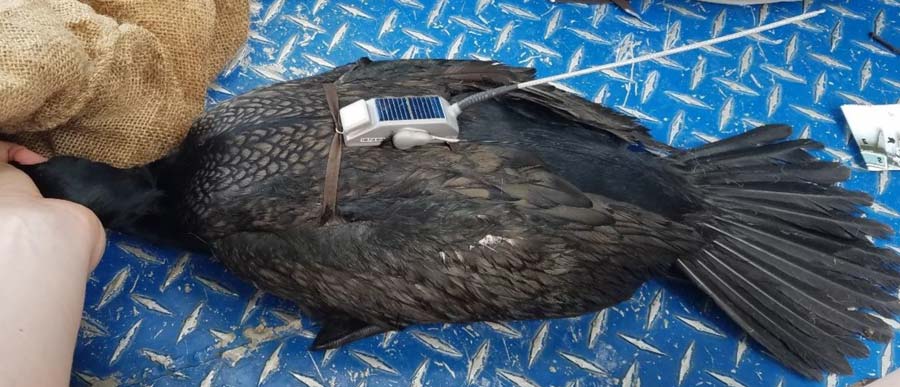
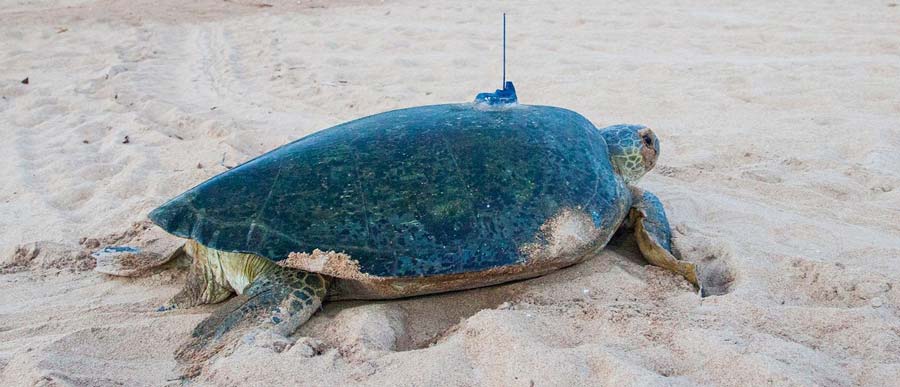
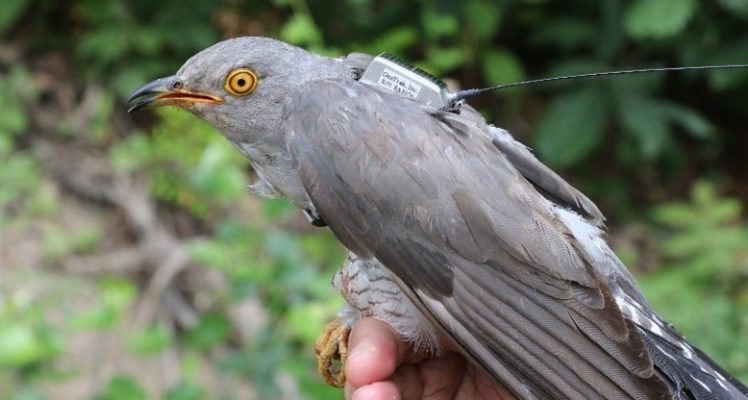
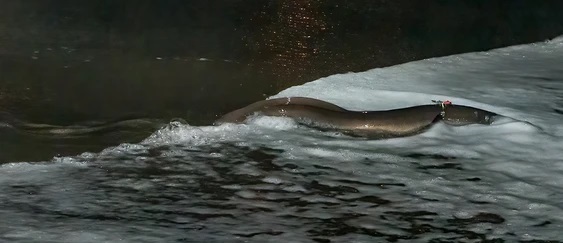
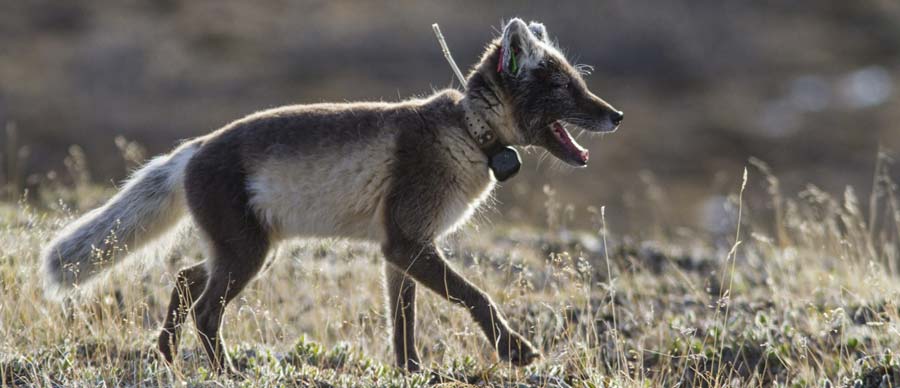
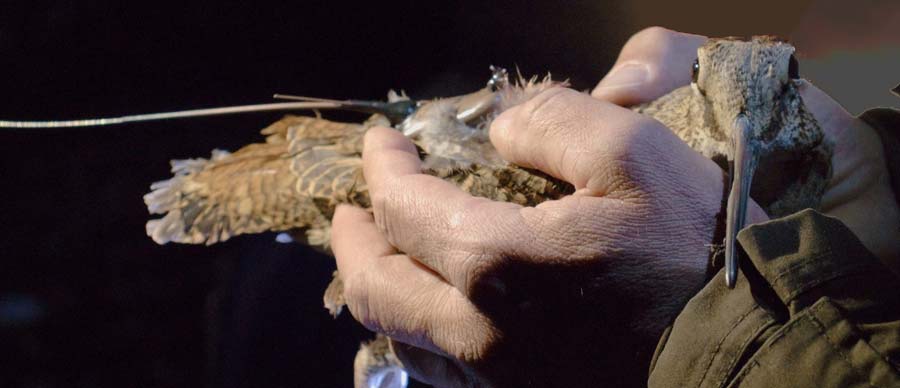
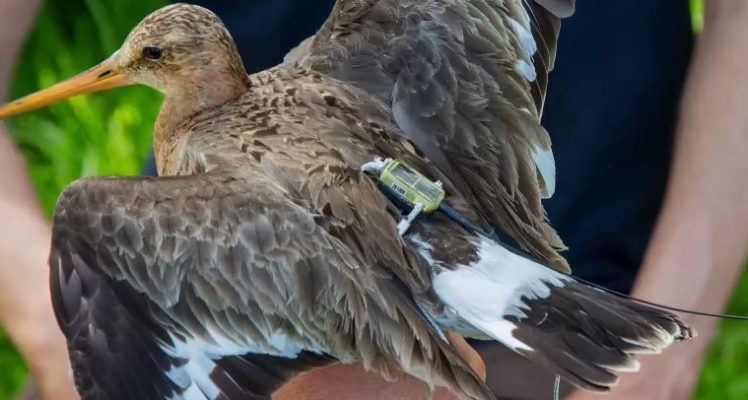
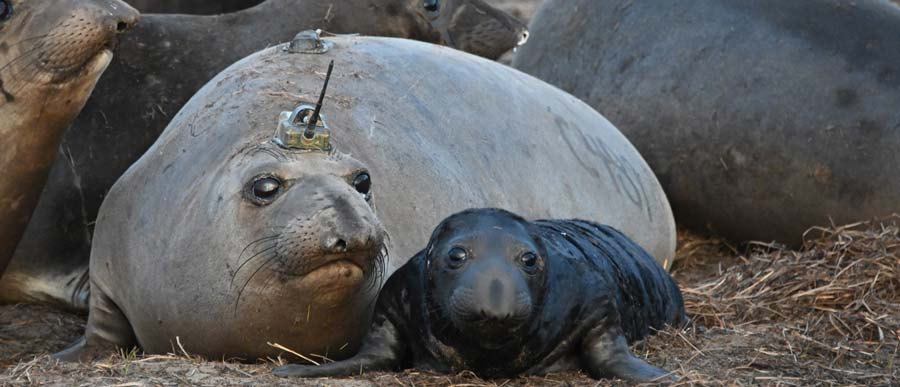

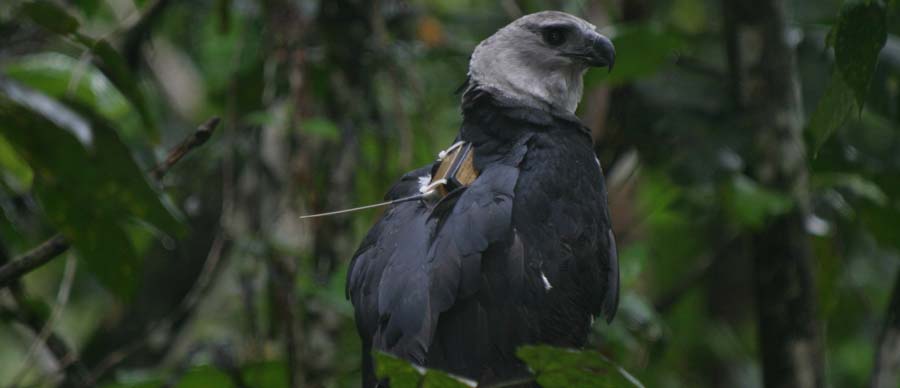
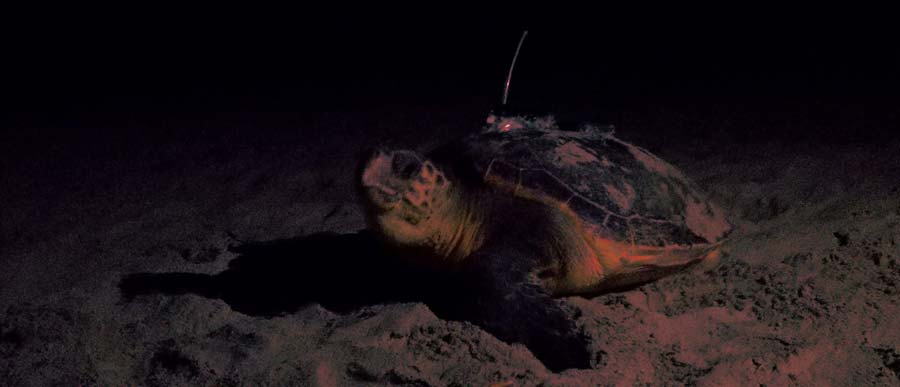
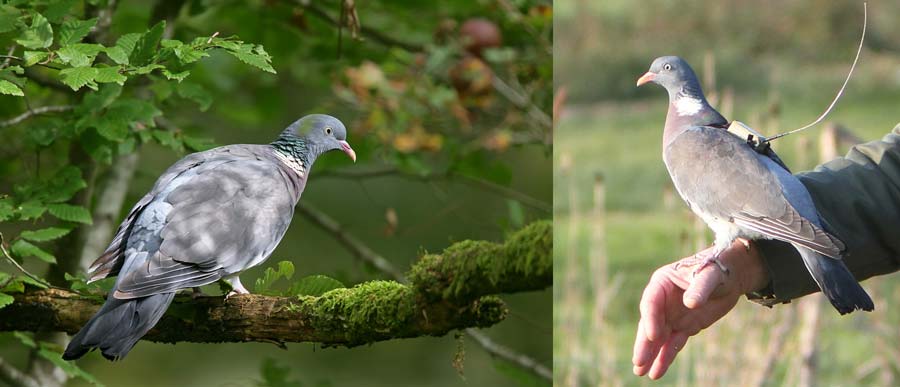
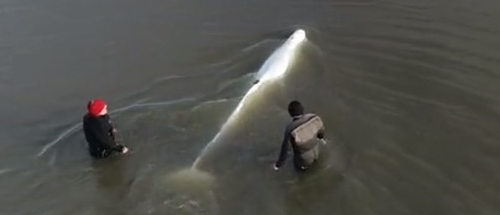
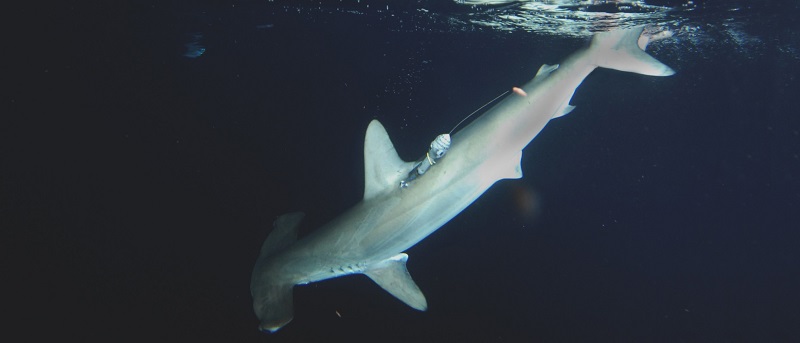
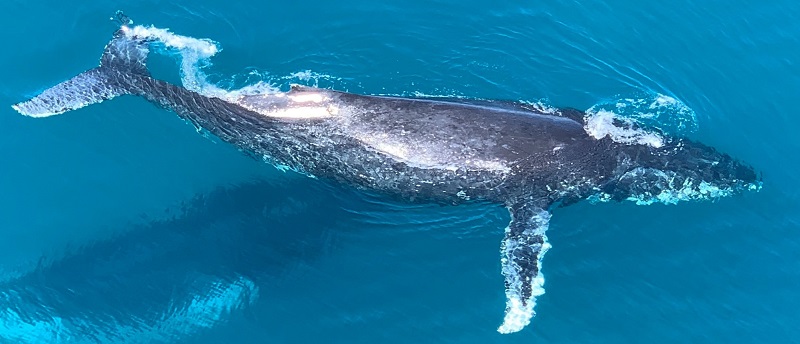
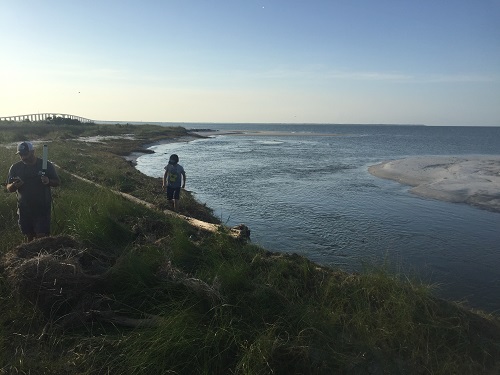
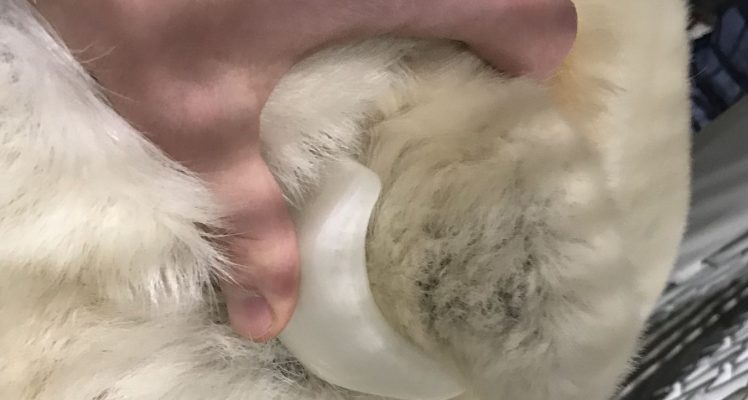

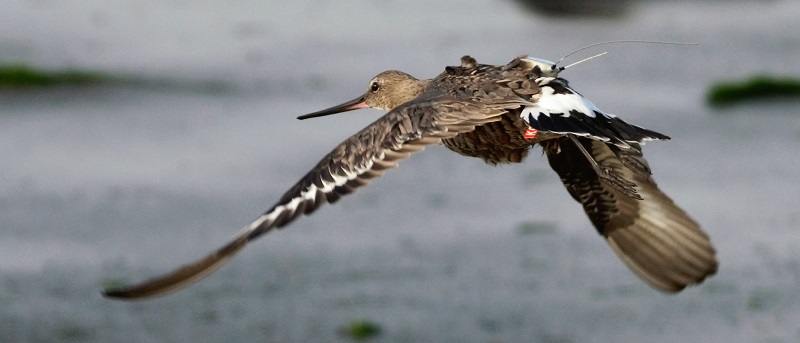
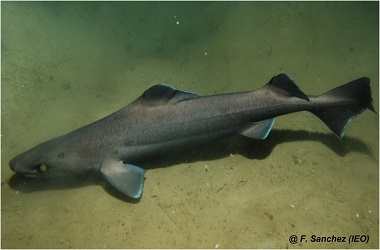
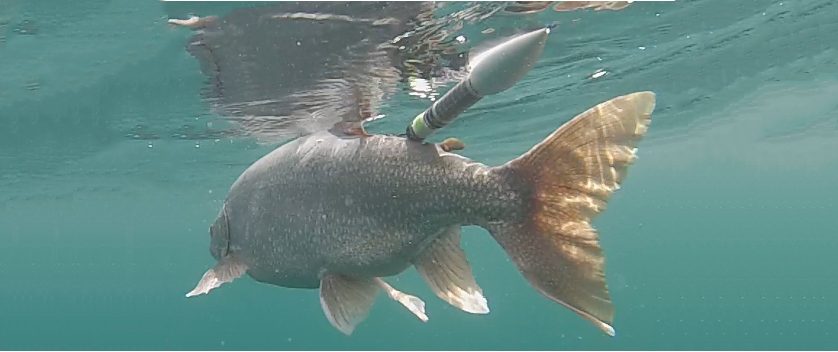
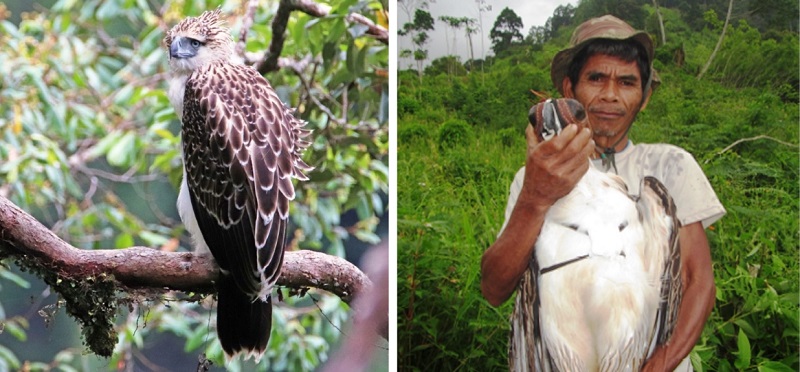
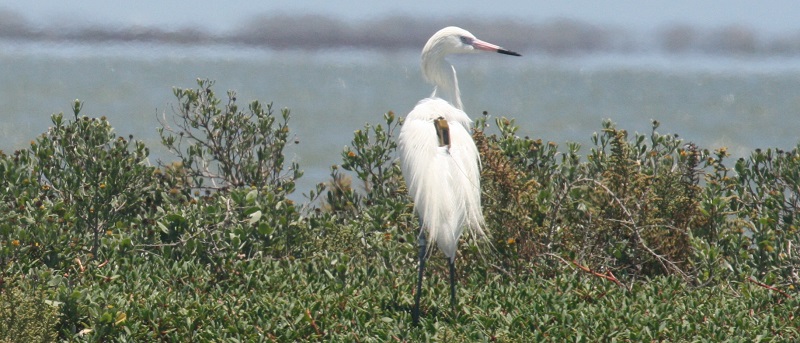
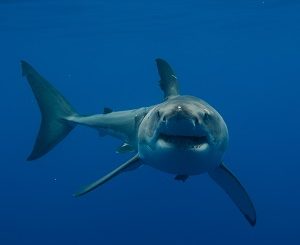
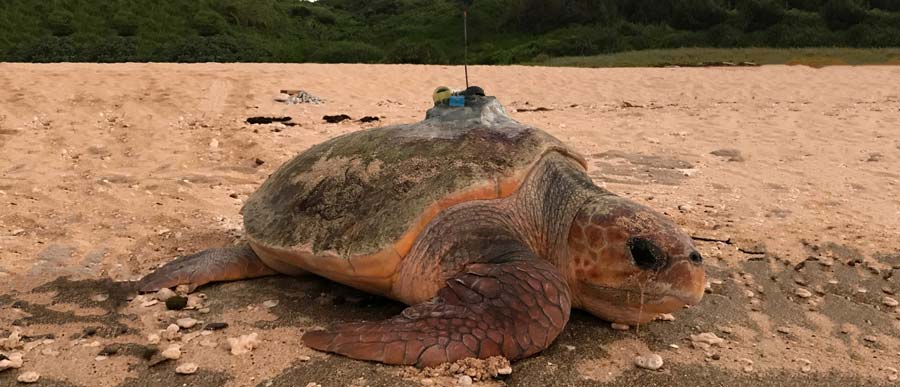
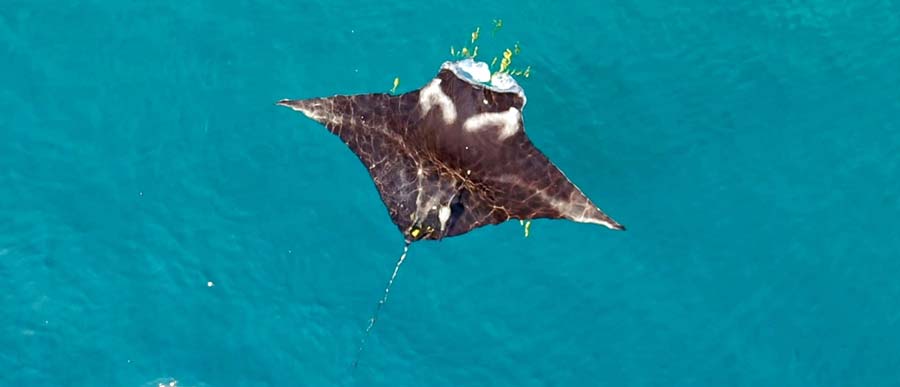
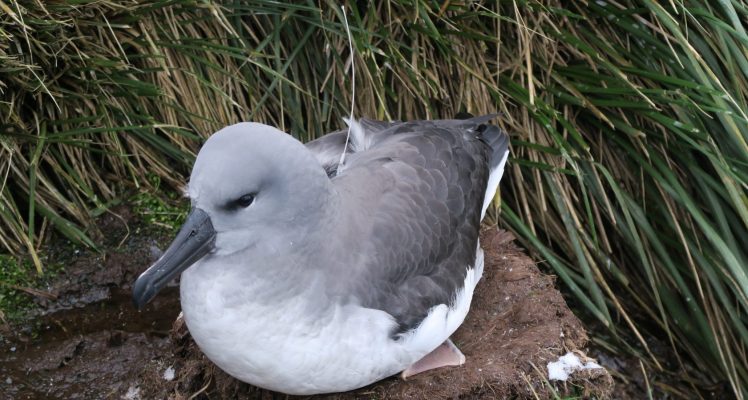
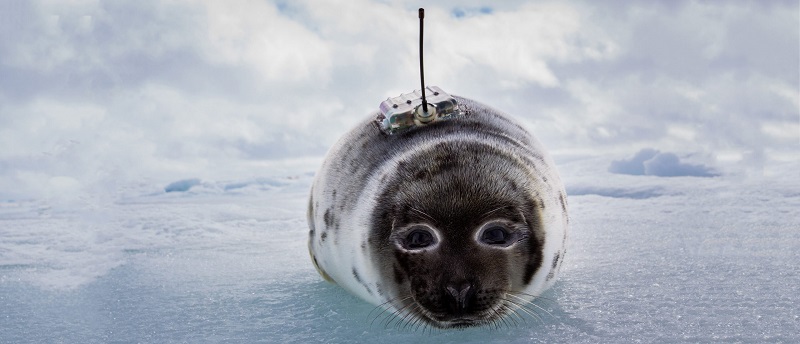

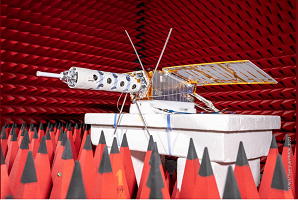
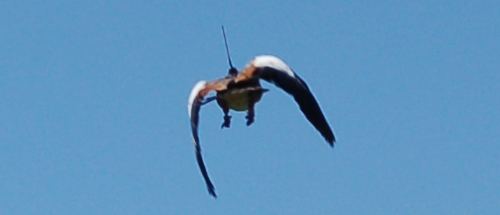
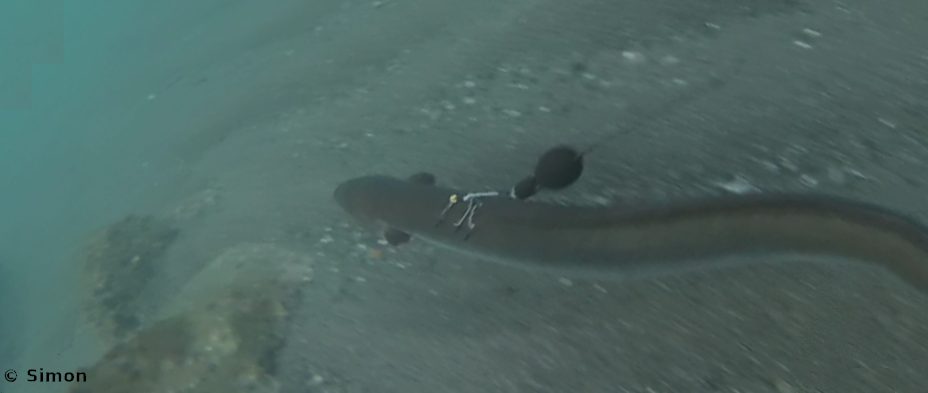
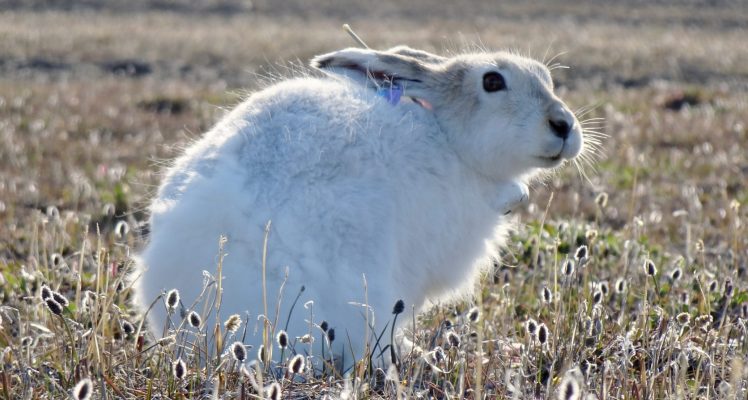
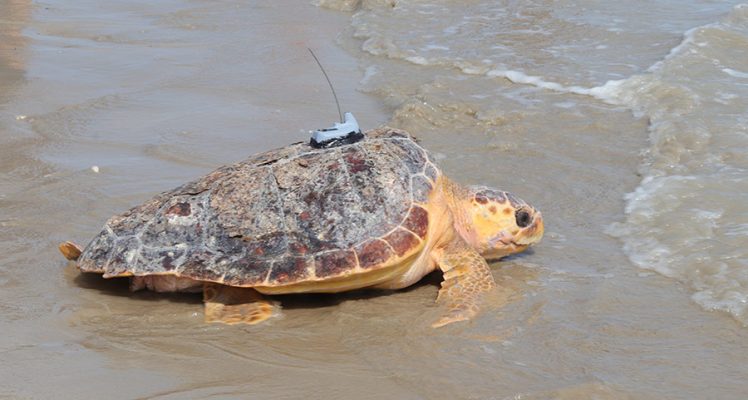
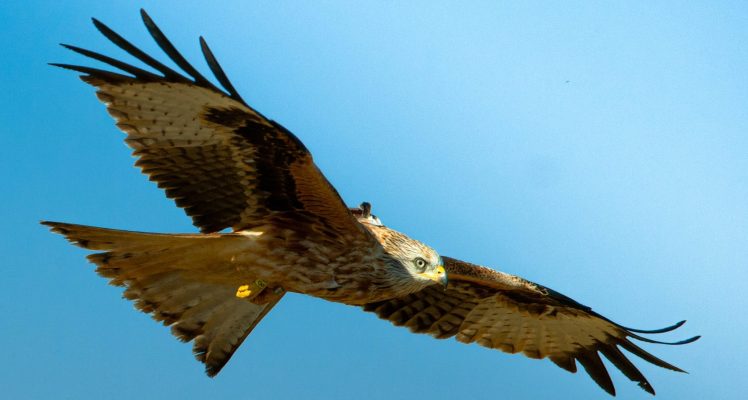
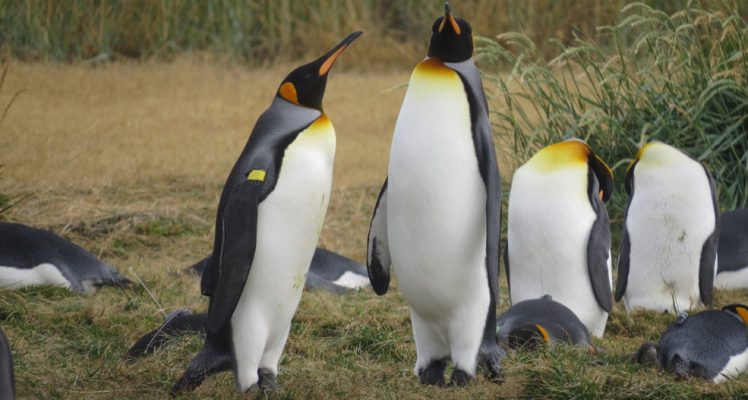
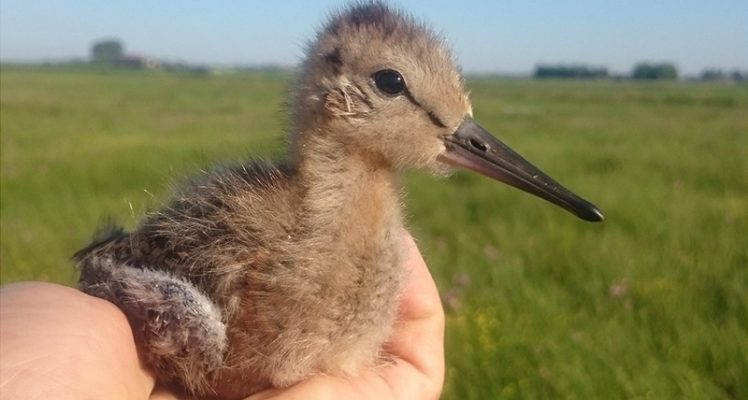
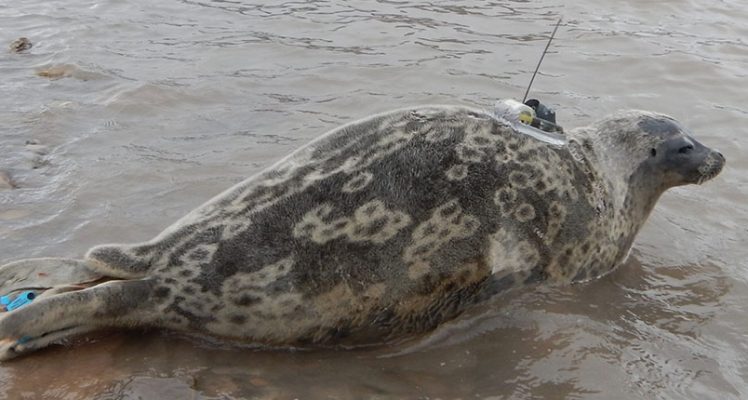
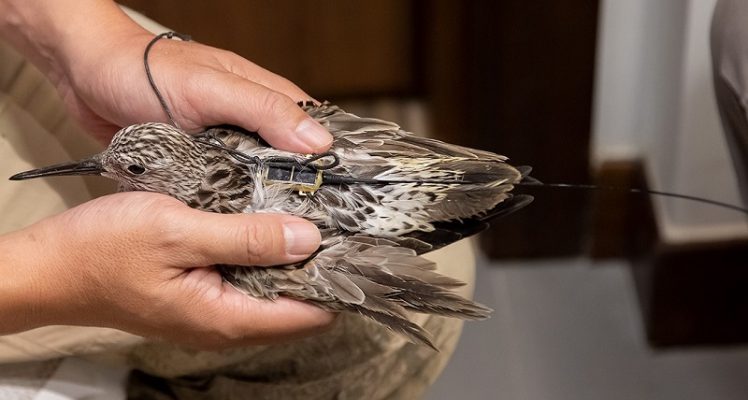
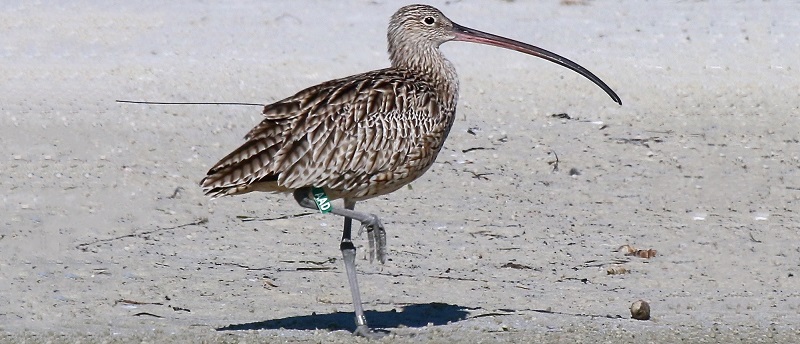
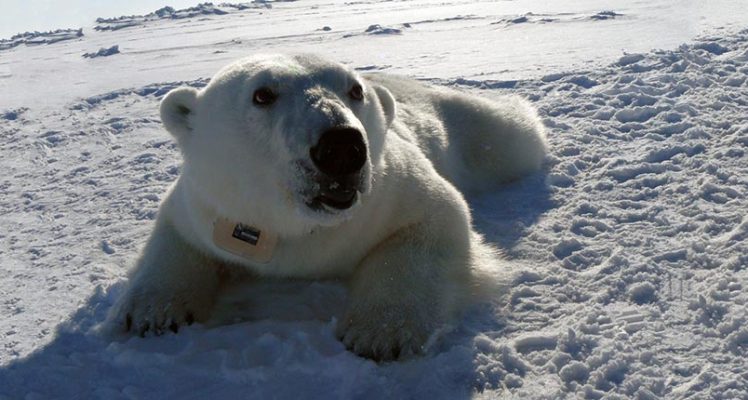
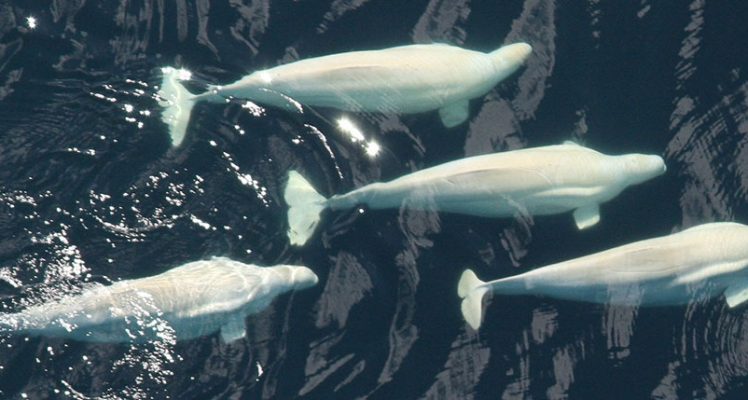
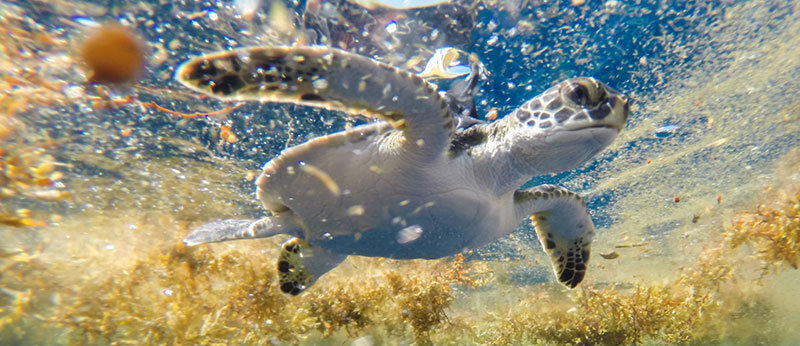
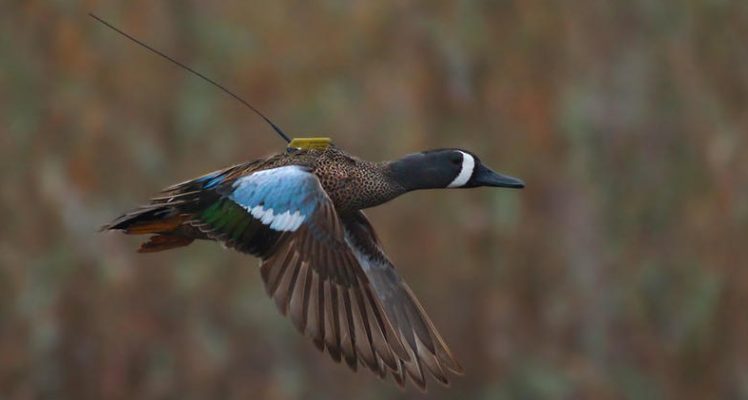
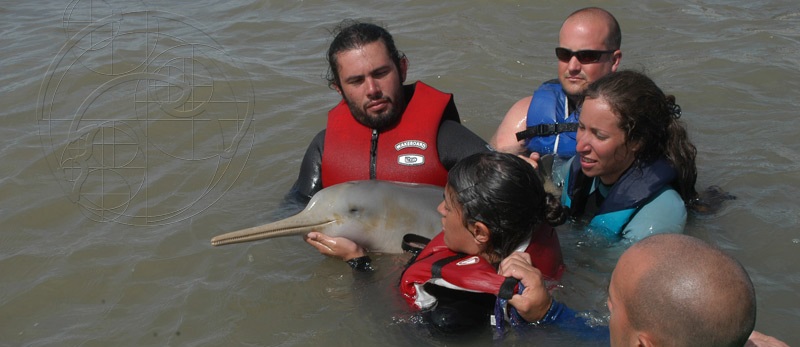
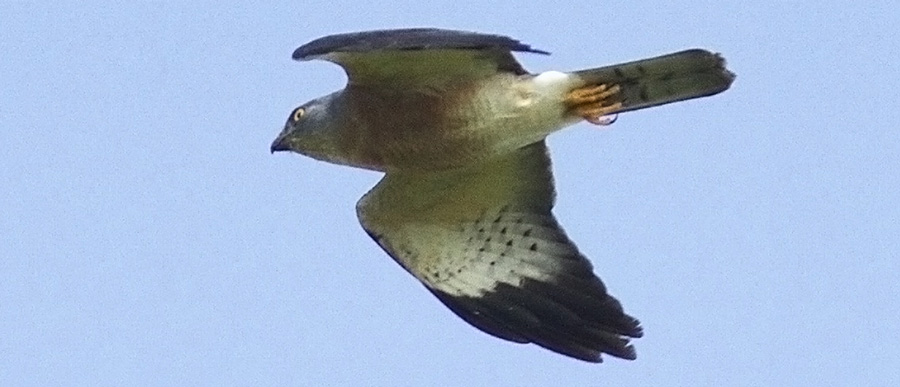
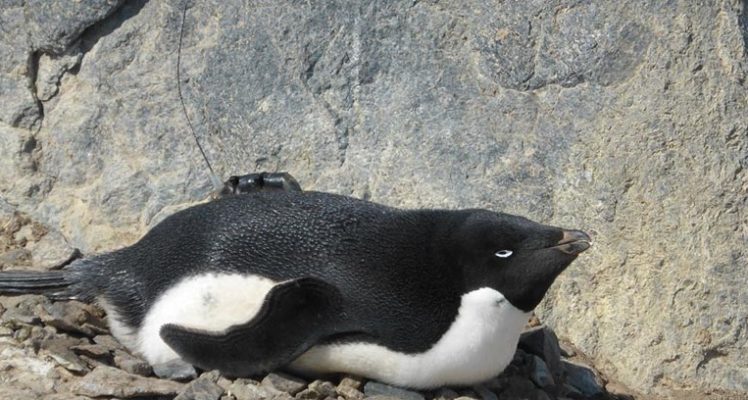
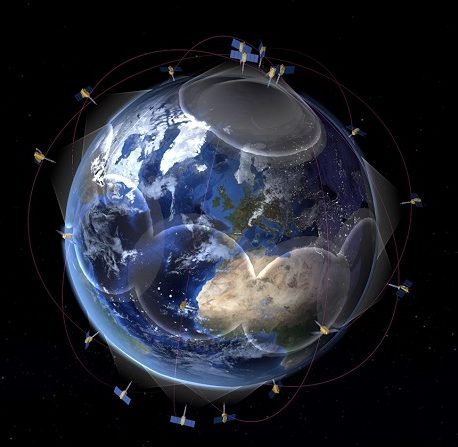
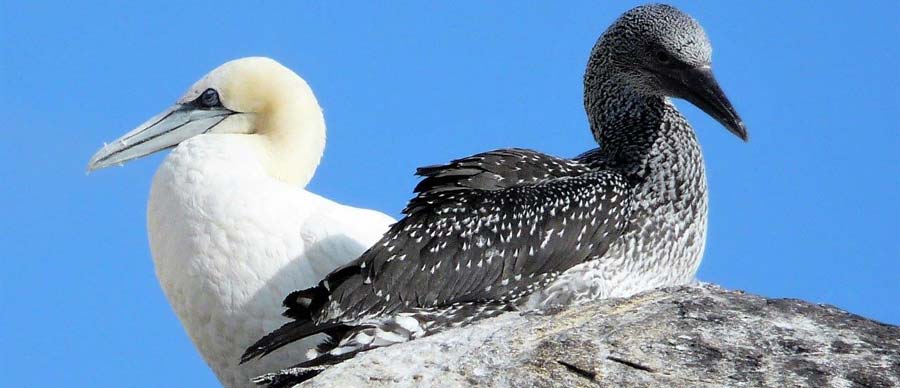
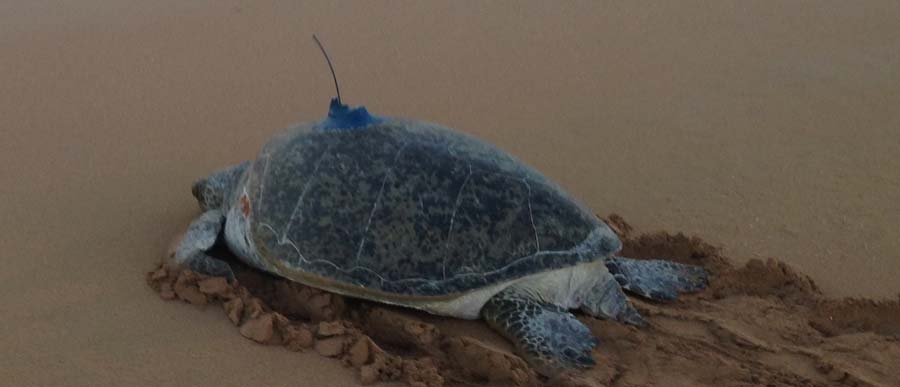
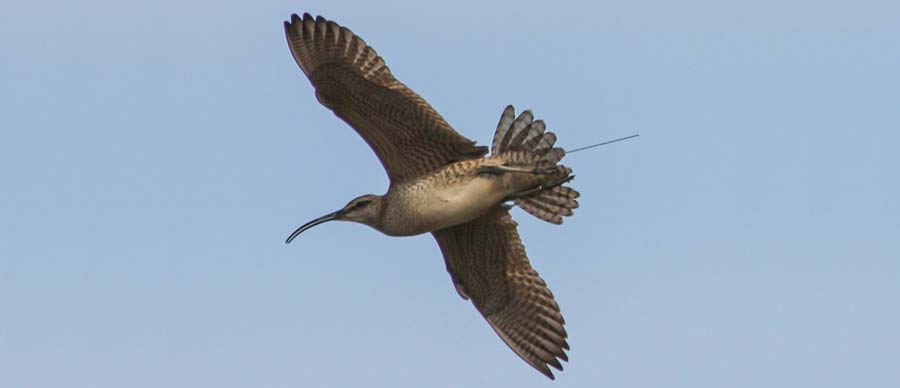
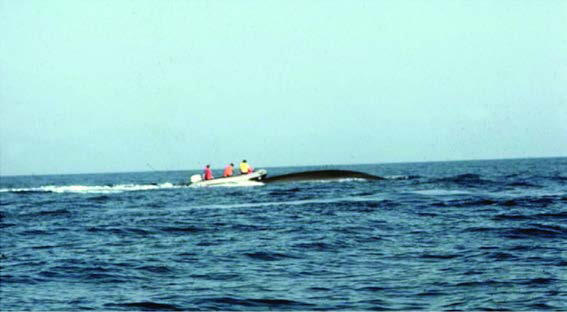
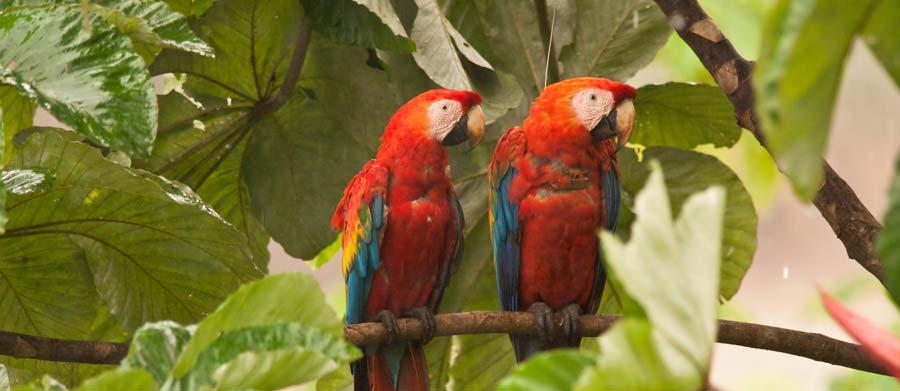
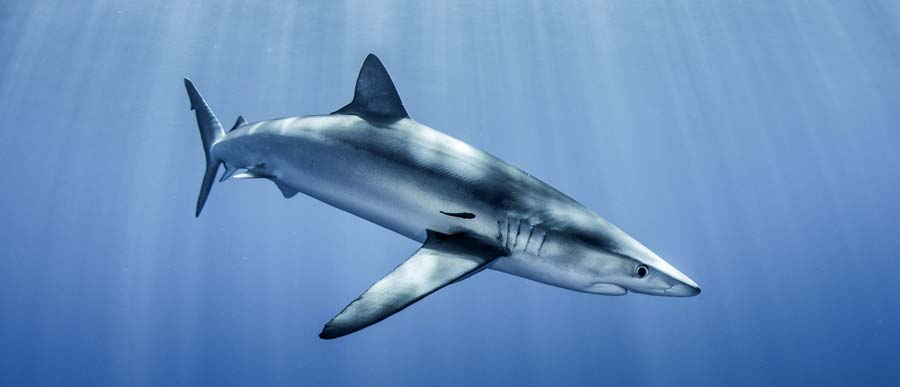
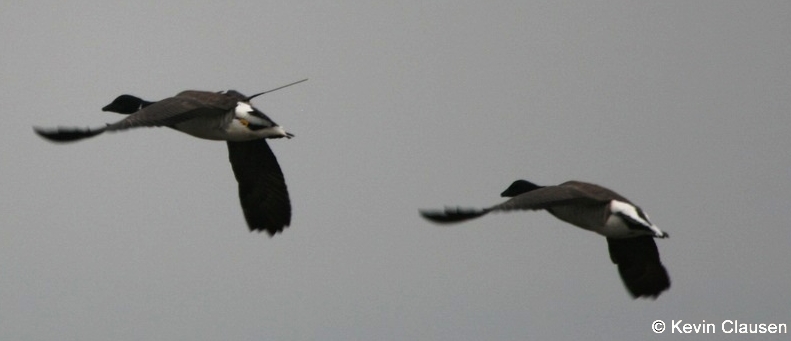
![[WEBINAR] Argos Bird Telemetry: User Community Stopover](https://www.argos-system.org/wp-content/uploads/2022/02/Argos-birds-webinar.jpg)
